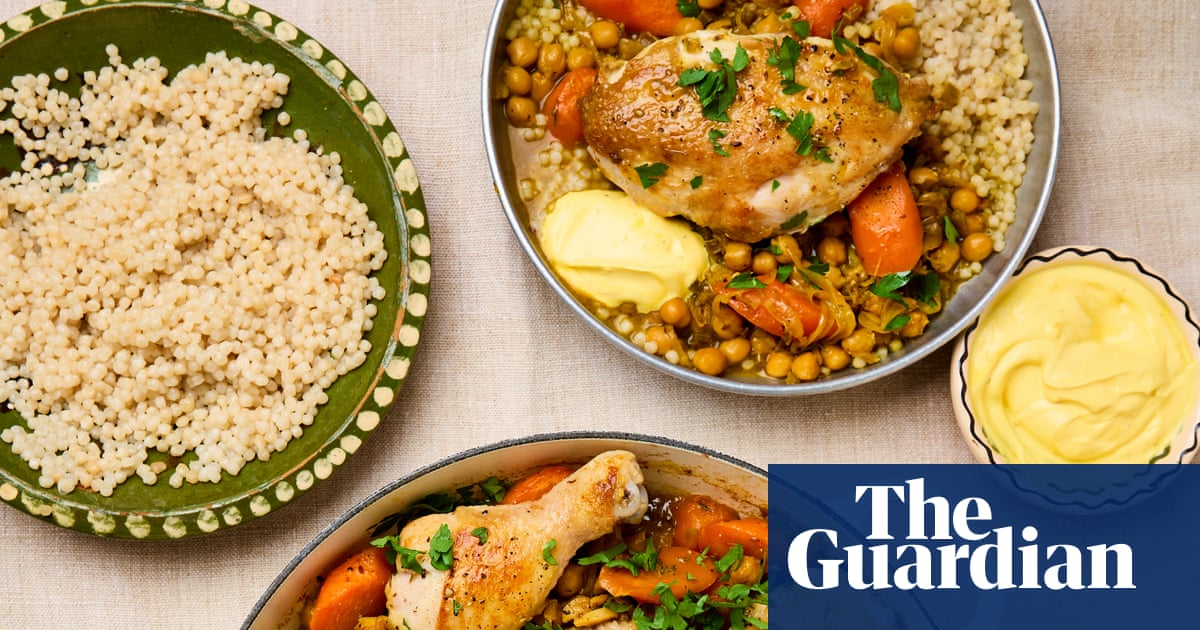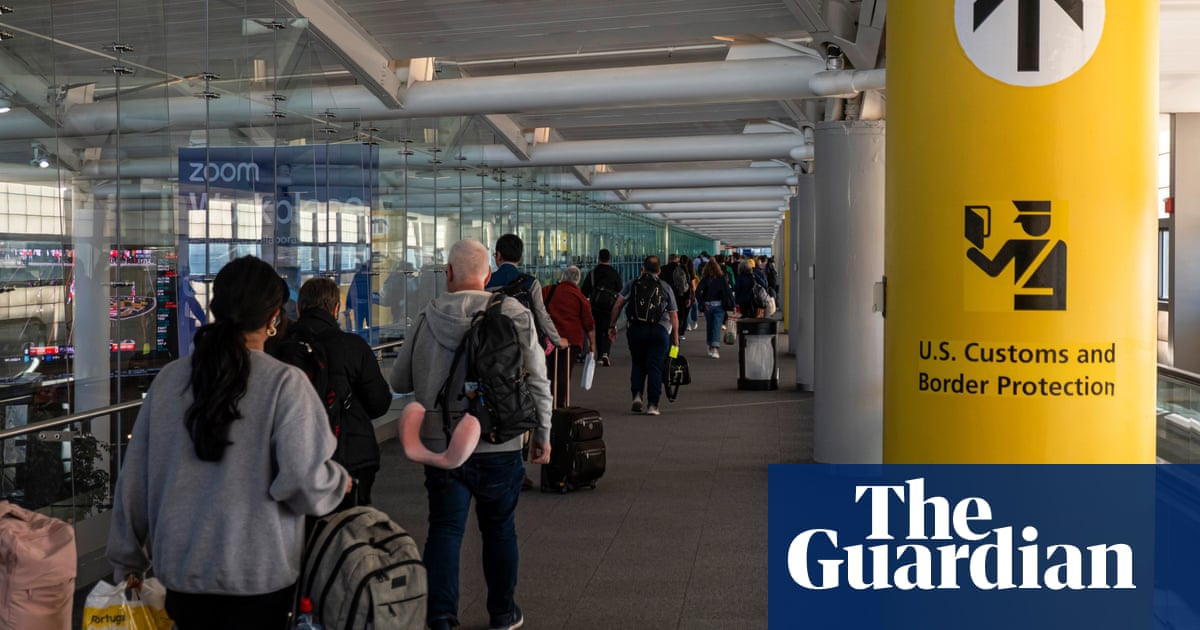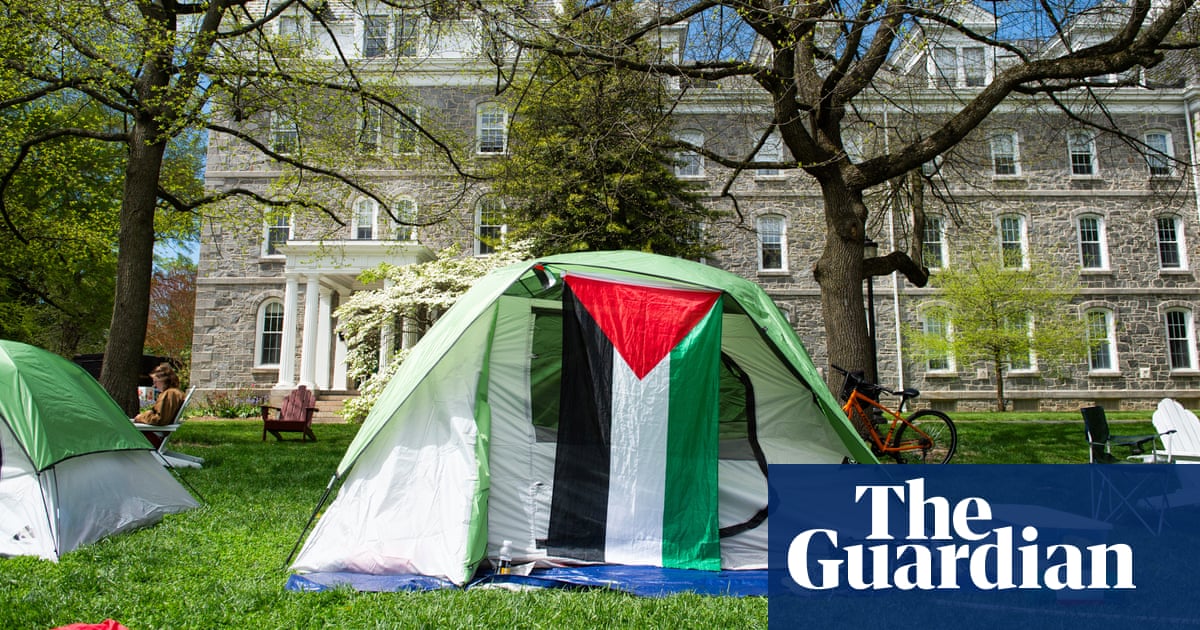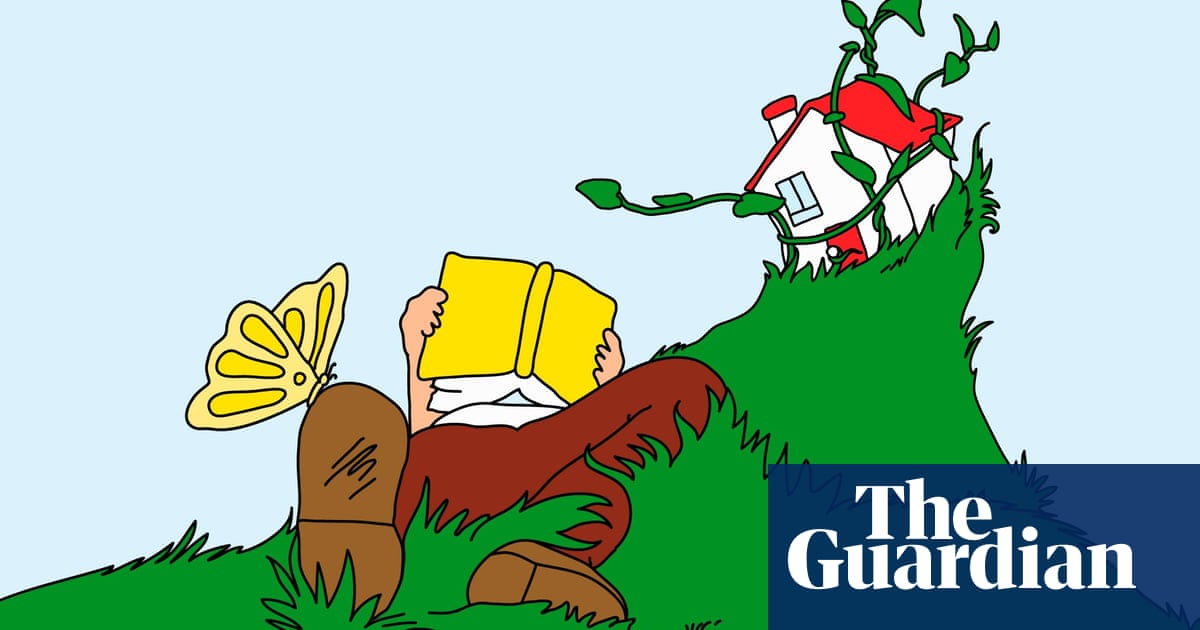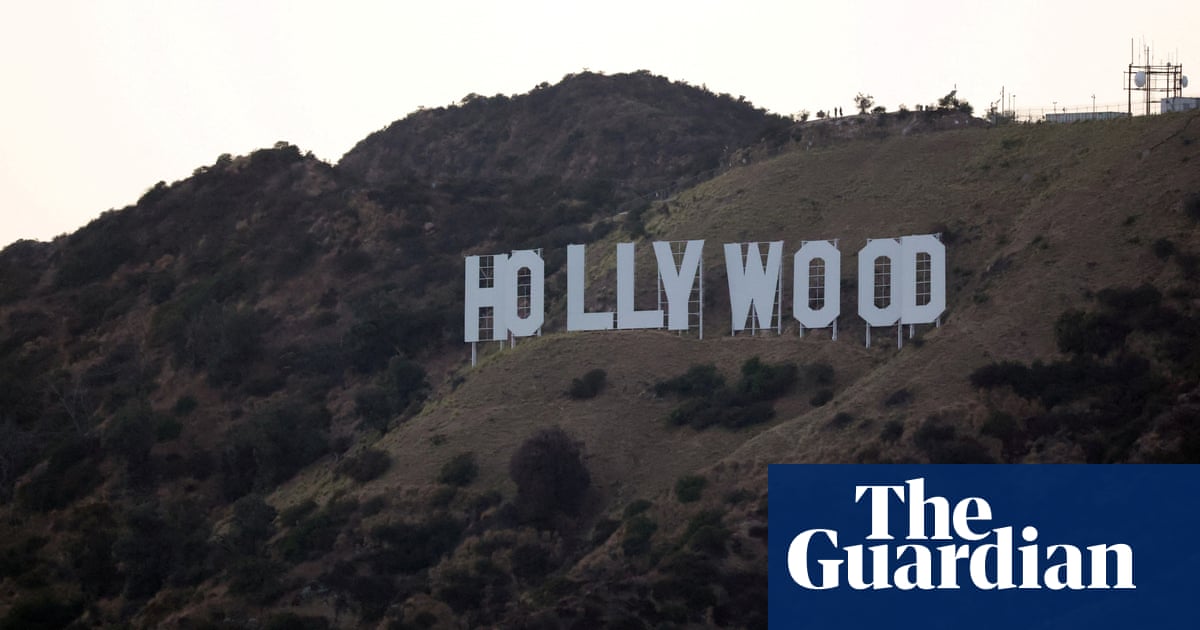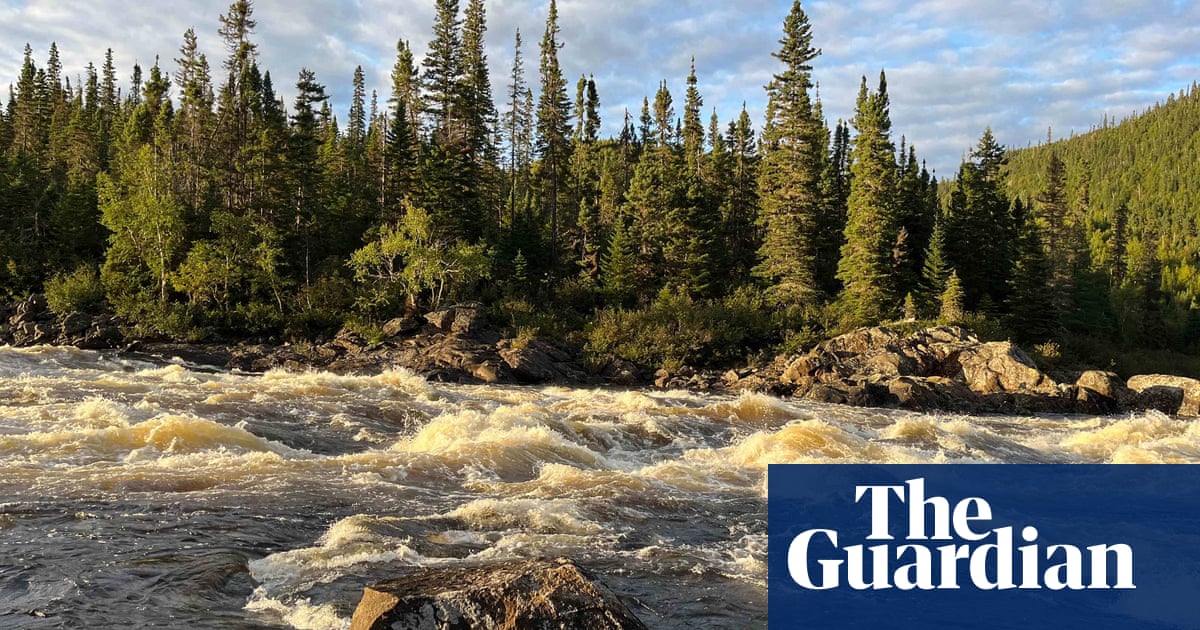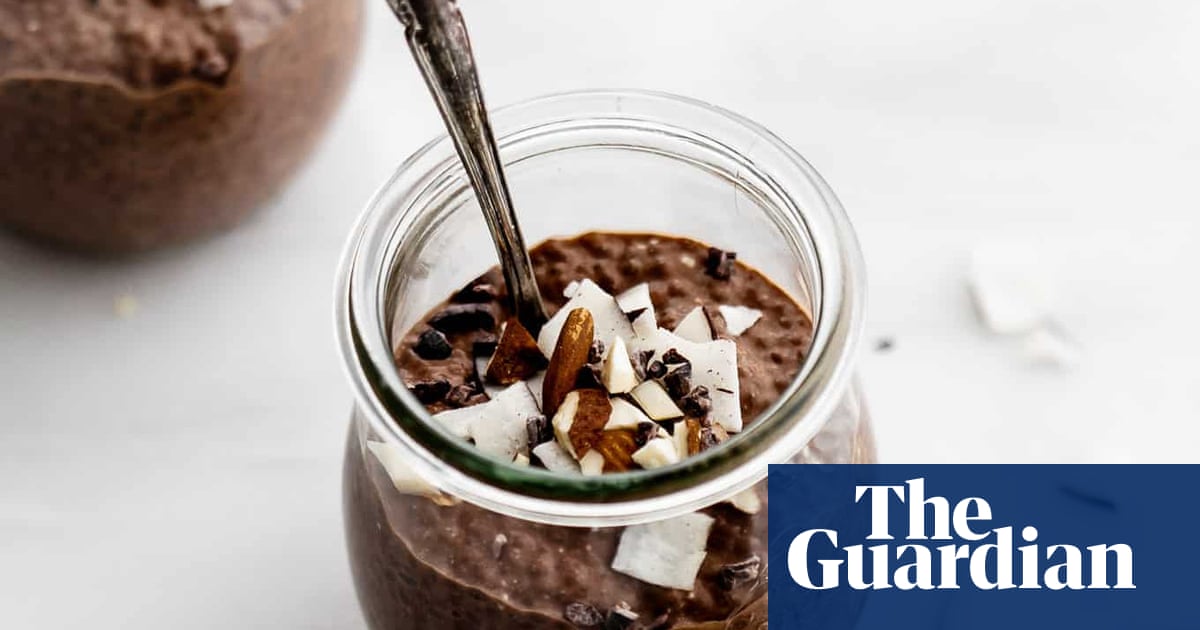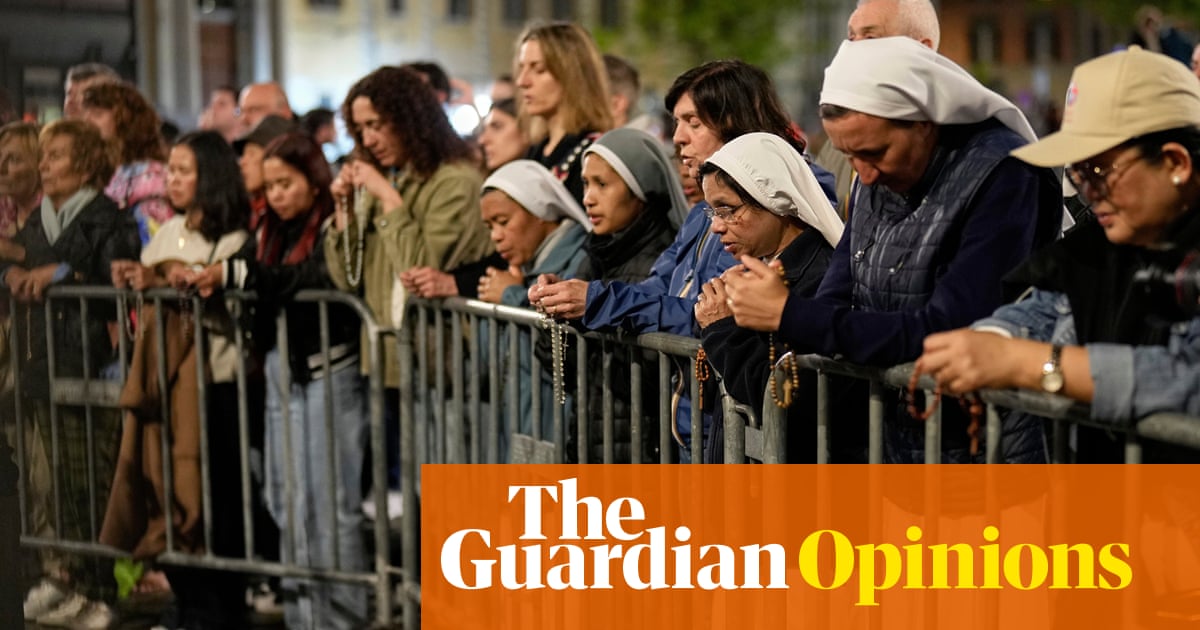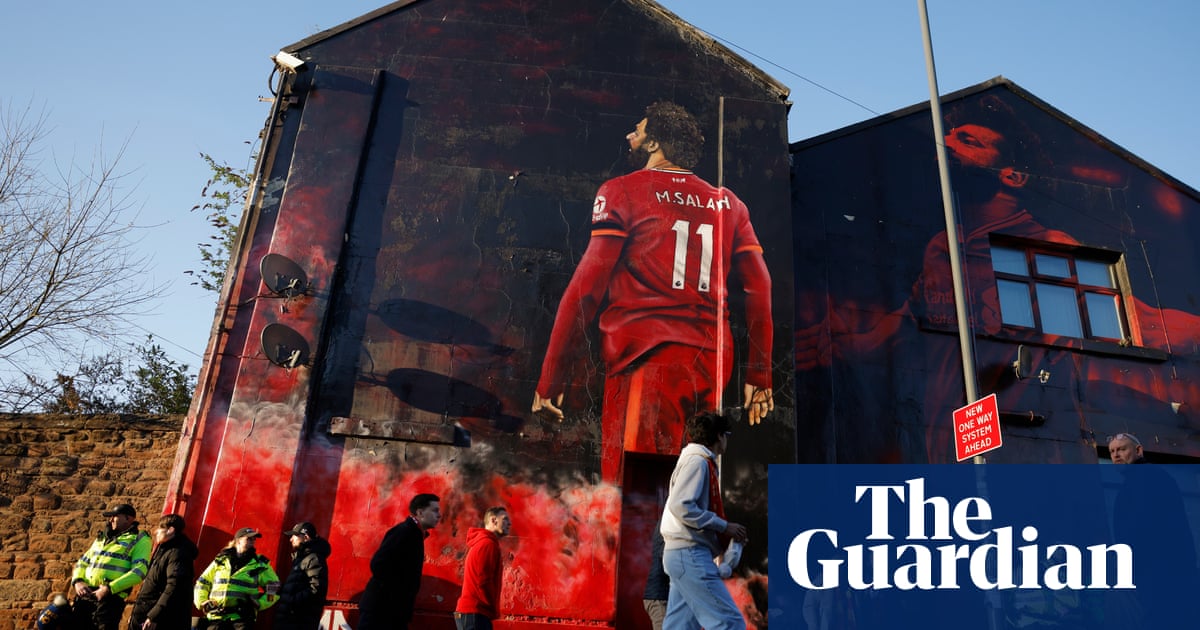
In Choi Chatterjee and Omer Sayeed’s Altadena backyard, beehives produced pounds of honey, copious amounts of fruit and vegetables were harvested, and hens laid plenty of fresh eggs. A couple of pygmy goats and a pair of 100-pound tortoises, Layla and Manju, roamed the urban farm, keeping the weeds trimmed, the compost turned and the soil alive with microbes, much to the delight of the hundreds of visitors who have enjoyed free tours and home-cooked meals since the couple began offering them in 2020.
Passersby were often drawn to the Chatterjee-Sayeed residence since the lush butterfly-filled parkway next to their home has served as a free communal garden for more than a decade. Neighbors were welcome to stop by for persimmons, guavas, nopal pads, herbs and varieties of citrus. “We’d get 100 to 200 pomegranates and just hand them out to whoever was walking by,” said Chatterjee, who is co-director of the Urban Ecology Center at Cal State LA. “It was just bustling with life.”
That all changed when the Los Angeles wildfires, supercharged by high winds and the effects of climate change, broke out on 7 January and the couple lost their 102-year-old home and beloved backyard farm. Although their goats, tortoises and some fish from their pond were saved from the blaze, it wasn’t possible to evacuate their chickens, rare pigeons or the chatty Amazon parrot they rescued nine years ago.
Countless urban farms and homesteads are gone. Hundreds of native yards burned. Cultural crops grown for generations lost. Beloved grocery stores, markets and restaurants leveled. The wind-fueled fires damaged or destroyed more than 16,000 homes and other structures, killed at least 29 people and turned parts of the nation’s most populous country to rubble. There’s also been an incalculable loss for the local food system, especially in Altadena, which has a storied history of farming, gardening, homesteading and sharing produce within the area.
“When you’re talking about local food security, Altadena was a total outlier in LA county for what it was able to do for its community,” said Anna Rose Hopkins, co-founder and executive director of Farm2People, a food justice-centered non-profit organization based in Los Angeles. “There were many official and unofficial pathways to exchanging food.” Now that those pathways have been ravaged by fires and thousands of residents have had to vacate their neighborhoods, experts worry about the impact on people’s access to food, hunger and the future of growing in a region that was blanketed in toxic ash and chemicals.

If you strike up a conversation with an Altadena local, you’re likely to hear about someone’s massive plum harvest or another’s compost pile, or why a neighbor’s avocados didn’t do well last year. Because Altadena is unincorporated and has different zoning laws than other parts of Los Angeles, it’s common for people to keep poultry, have backyard vegetable gardens, take part in produce swaps and offer free boxes of hyperlocal harvests for anyone to take and enjoy.
In the 1960s, Altadena underwent rapid demographic changes thanks to a combination of white flight, political movements and urban renewal. The ending of discriminatory redlining helped make Altadena a multiracial paradise of sorts where Blacks, Asians, Latinos and Indigenous people could find affordable housing in a bucolic setting. The area has a strong rural past and soil that was known for being able to grow almost anything.

The verdant 2.5-acre Altadena community garden epitomizes the back-to-the-land spirit the neighborhood is known for. Founded in 1970, it acted as a living classroom for school groups and other community visitors who took home free plantings and seeds. When the garden burned down last month, it was a devastating loss for the 120 members who grew all types of greens, sugarcane, corn, tomatoes, colorful flowers and a variety of herbs on 84 plots.
“I would say a majority of the people depended on what they grew to eat and a source of their consumption,” said Mary McGilvray, vice-president of Altadena community garden, who noted that 44 of its members’ homes were also lost. “We have people from all walks of life, representing 12 different countries – you can throw a stone and hit an artist or scientist.” That diversity of growers meant you’d see things like jamaica, the dried flower of the hibiscus plant used in Mexican cuisine, and tamarind, widely used in curries and chutneys.
The garden’s annual picnic, featuring garden-grown food, was one of the area’s biggest events, drawing up to 1,000 people at times. Although everything except for a wooden deck and some metal fencing burned down inside the garden gates, a huge variety of free-to-the-public citrus and guava trees located outside the perimeter survived, offering a bit of hope. The garden is currently fundraising to help remediate the soil and rebuild the garden and structures.

Other notable losses in the area include the regenerative Wildseed Farm, which helped feed students from the Village Playgarden school; the sustainable 2-acre McDonald’s Farm, which sold produce and eggs; and Zorthian Ranch, a 45-acre artists’ haven that was hand-built by the eccentric artist Jirayr Zorthian. The ranch had a farm on property that grew citrus, stone fruits, leafy greens, squash and pumpkins that helped feed the 25 to 30 people who lived and worked there.
“There have been pomegranates and olives growing for the entire duration of the ranch’s existence,” said Jirayr’s granddaughter Julia Zorthian, who lived on the nearly 80-year-old property, which was crafted from recycled materials. “I remember eating bowls of pomegranate seeds when I was young.” Zorthian said people on property milked goats, sold honey and made cheese on occasion. The ranch, which was known for hosting weddings, tours, yoga classes and other social events, plans to rebuild once it is safe to do so.
Safety is also a pressing concern for growers and consumers. On a recent call hosted by the Los Angeles Food Policy Council, urban farmers worried about ash, wind and soil damage, as well as air quality. They said funding was needed for soil and produce testing. Even those who weren’t directly affected by the fires have reported being economically hit by the loss or closure of farmers’ markets and restaurants in Pacific Palisades and Altadena and poor attendance at open markets in nearby communities since many people stayed home due to fears of dangerous smoke and ash in the air.

Farm2People’s Hopkins, who also lost her home in the Eaton fire, said that without soil remediation, anything grown in areas affected by the fires will be compromised. “The conflict of having these Altadena homesteaders returning and being able to do things mindfully within this generation or even the next versus the implications for public safety – it’s very, very tricky,” she said, pointing out that the spike of lead and other chemical toxins have extra ramifications for farms that have been growing regeneratively and organically.
While the local food system recovers and finds a way to press forward, food banks, churches, markets and local activists have stepped up, hosting events featuring free fresh produce. Cookbook author Molly Baz, who lost her home in the fire, held a free pop-up grocery store earlier this month for LA wildfire survivors to help restock their pantries. The Altadena farmers’ market, a virtual bazaar that highlights hyper-local producers from marginalized communities, sprang into action to offer healthy food giveaways for people affected by the fires with money raised from online fundraising.
“The giveaways bring a little more normalcy; it’s not just cereal bars and canned foods,” said the Altadena farmers’ market owner, Rafaela Gass, who lost her own home – where she used to fulfill around 50 weekly orders for the market and ran her own microgreens farm – to the fires. “People lost everything so they don’t have the resources to buy what they used to.” Gass is not only helping survivors of the wildfires, but she’s supporting local farmers who have fewer places to sell their products at the moment.

The Altadena seed library, a network of seed exchange boxes that function like free little libraries to increase food sovereignty, is collecting native seed and plant donations to help reseed the community. Founder Nina Raj has prioritized varieties such as California buckwheat, saltbush and telegraph weed, which can pull heavy metals out of the soil, as well as toyon and lemonade berry, among others. Since fire has always been part of southern California’s ecosystem, some native plants adapted to germinate in ash and bounce back from fire.
A large number of Altadena residents are resolute about returning to the community and reviving what was lost tangibly and intangibly. Neighbors are supporting one another with group texts, care packages and food deliveries. Entire blocks of people have committed to rebuilding their homes and farms, together. “I am 100% going to redo the garden – if anything, we’ll do even more than before,” said Chatterjee. “We can’t imagine living differently. It’s a lifestyle, it’s not just a home.”

.png) 2 months ago
28
2 months ago
28

